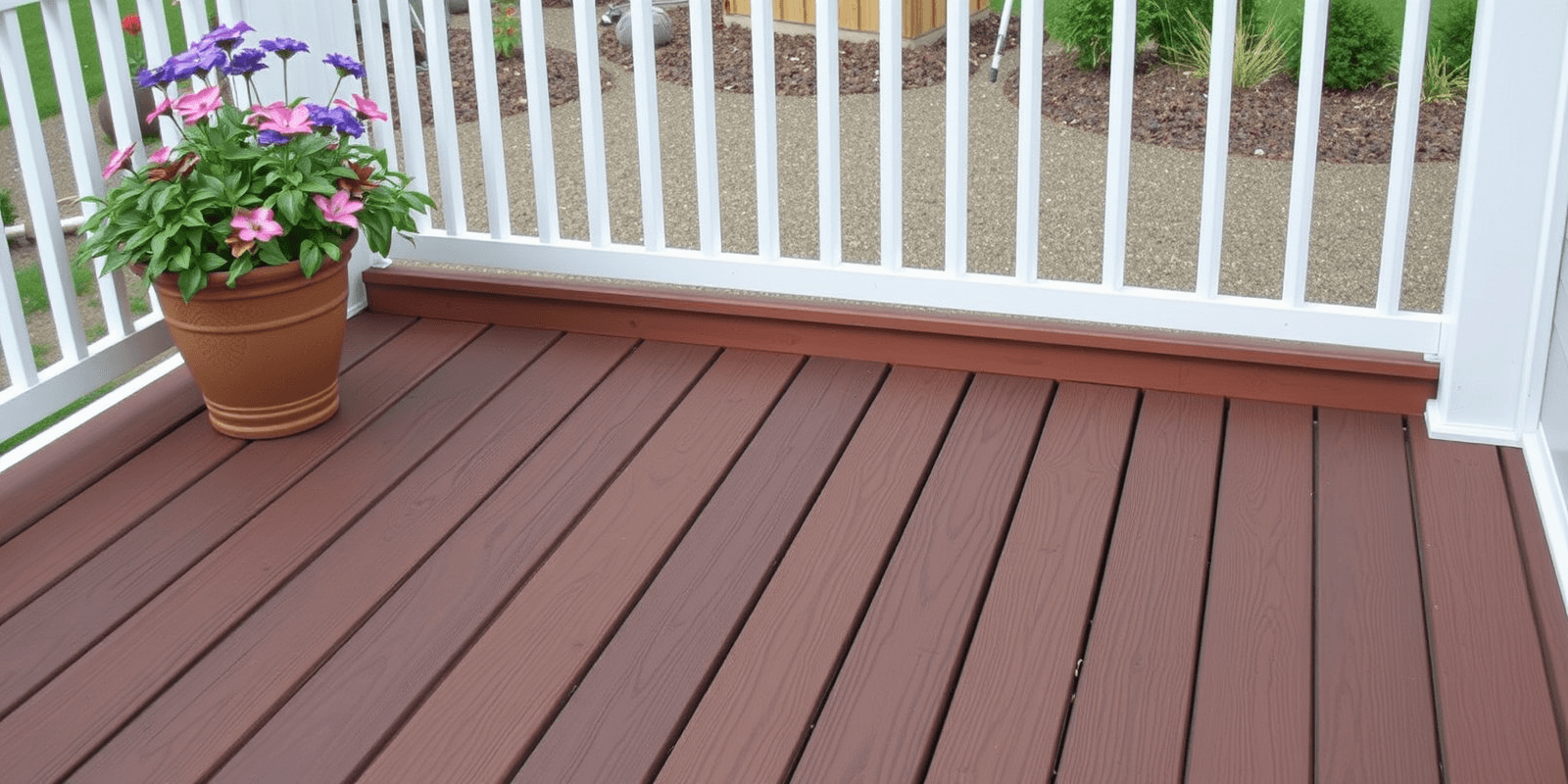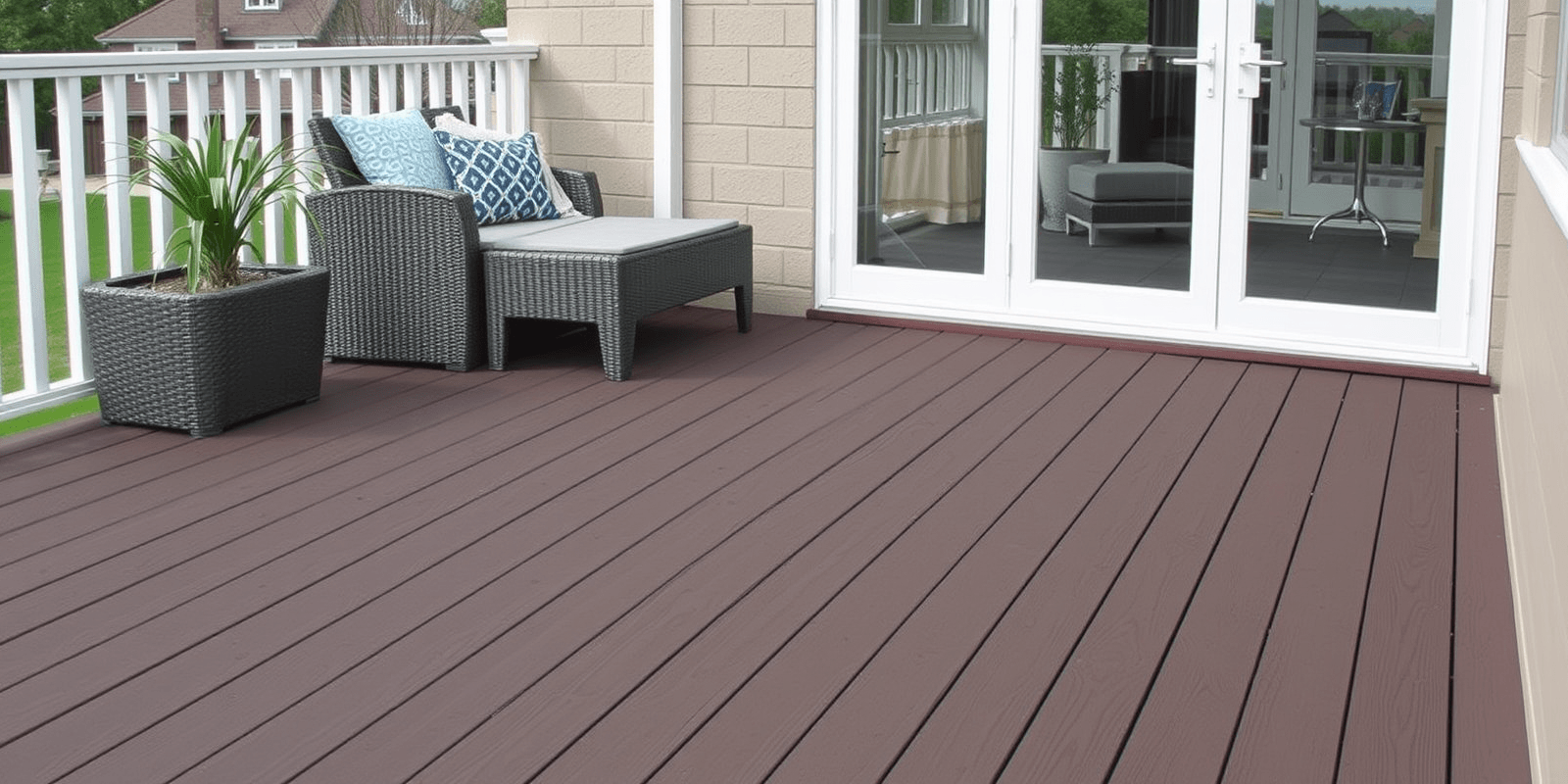“`html
What is Composite Decking Wood Made Of?
Introduction
Composite decking has become a popular choice for homeowners looking to create durable, low-maintenance outdoor living spaces. Unlike traditional wood decking, composite decking is made from a blend of wood fibers and plastic, offering numerous advantages. In this article, we will delve into the composition of composite decking, its manufacturing process, environmental impact, and maintenance requirements compared to natural wood.
Composition of Composite Decking
Composite decking is primarily composed of two main components: wood fibers and plastic. The wood fibers are typically derived from recycled wood, such as sawdust or wood chips, while the plastic can be made from either virgin or recycled materials, often including high-density polyethylene (HDPE) or polypropylene.
These materials are mixed together with additives like colorants, UV stabilizers, and anti-fungal agents to enhance durability and appearance. This combination creates a material that is stronger, more resistant to rot and insects than natural wood, and less prone to warping and splitting.
Manufacturing Process
The manufacturing process of composite decking involves several steps. First, the wood fibers and plastic are blended together in precise proportions. This mixture is then extruded through a die to form the desired shape, typically boards or planks. After extrusion, the composite material is cooled and cut to size. The final step often includes adding surface textures and coatings to improve aesthetics and performance.
This manufacturing process allows for consistent quality and customization, making it possible to produce composite decking in various colors and finishes that mimic the look of natural wood.
Environmental Impact
One of the key advantages of composite decking is its environmental benefits. By using recycled wood and plastic, composite decking reduces waste in landfills and conserves natural resources. Additionally, the longevity and reduced maintenance needs of composite decking mean that it requires fewer replacements over time, further minimizing its environmental footprint.
However, it’s important to note that the production of composite decking still consumes energy and resources. Some manufacturers are working to improve sustainability by using renewable energy sources and developing closed-loop recycling processes.
Maintenance Requirements Compared to Natural Wood
Unlike natural wood, which requires regular sealing, staining, and sanding to maintain its appearance and prevent decay, composite decking is much easier to care for. It does not require painting or staining, and its resistance to moisture, mold, and insects means that it is less prone to damage from the elements.
Regular cleaning with mild soap and water is usually sufficient to keep composite decking looking good. However, it’s important to address any stains promptly, as they can be more difficult to remove than from natural wood.
References
“`



